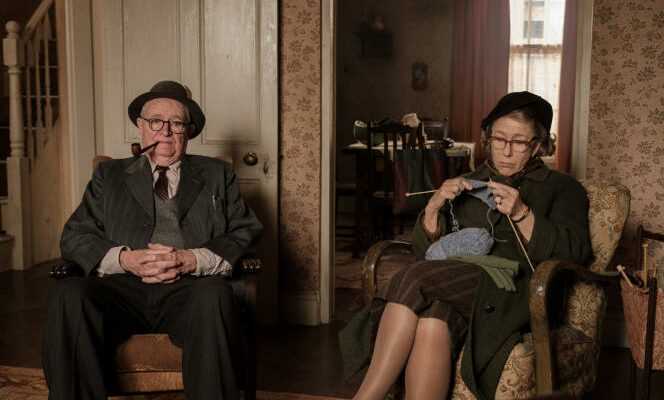THE OPINION OF THE “WORLD” – TO SEE
Selflessly stealing a master painting from a London museum. This is the tantalizing pitch of a euphoric and particularly welcome political fable in the post-Brexit period, at the origin of many social difficulties. The posthumous feature film by British filmmaker of South African origin Roger Michell (Love at first sight in Notting Hill, in 1999) tells the true story of a Robin Hood who made the front page of British newspapers in the 1960s for committing a humanist burglary.
Kempton Bunton, a retired taxi driver in Newcastle, Tyne and Wear, writes plays that never get made and fights for the welfare of the elderly by distributing posters to raise awareness of their cause. When the Portrait of the Duke of Wellington (1814), by Francisco de Goya, is bought by the government to prevent it from being sold to an American collector, Bunton is indignant: how can public money be used to keep a “Half-painted portrait by a Spanish drunkard” while his peers are struggling to pay their rent?
On the night of August 20-21, 1961, the old man sneaked into the National Gallery in London just as the surveillance cameras were turned off and accomplished the first and only theft in the history of the museum. A few days later, he anonymously sends the police a proposal: the painting will be returned if the British government agrees to make television access free for the elderly.
Embarrassment of Scotland Yard
Acclaimed by English critics, who find here the spirit of the “Ealing comedies” (after the studio of the same name) of the 1940s and 1950s, these political films about ordinary people who stand up to the government, The Duke revels in filming the embarrassment of Scotland Yard, convinced that the theft was committed by experienced bandits.
By detailing, under the snobbish gaze of the Duke of Wellington, Bunton’s micmacs to hide the painting from his wife and the false assumptions of the authorities, the film ridicules the establishment’s contempt for the people. As he recalls, the mystery of this affair so fascinated the media that the painting appeared in the collection of Dr. No, in James Bond versus Dr. No, in 1962. Note, in passing, that the copy painted by the decorator Ken Adam (1921-2016) for the film had also been stolen…
The Duke has something to do with the jelly (English jelly), this flabby dessert which can remain for hours on a table, in the open air or in the full sun, without melting or withering, contenting itself with trembling. In the same spirit, The Duke submits to different genres (social comedy, melodrama, trial film) without one really interfering with the other. Finally, everything has the same slightly sweet taste, and it quivers without creating strong explosions.
You have 16.26% of this article left to read. The following is for subscribers only.
